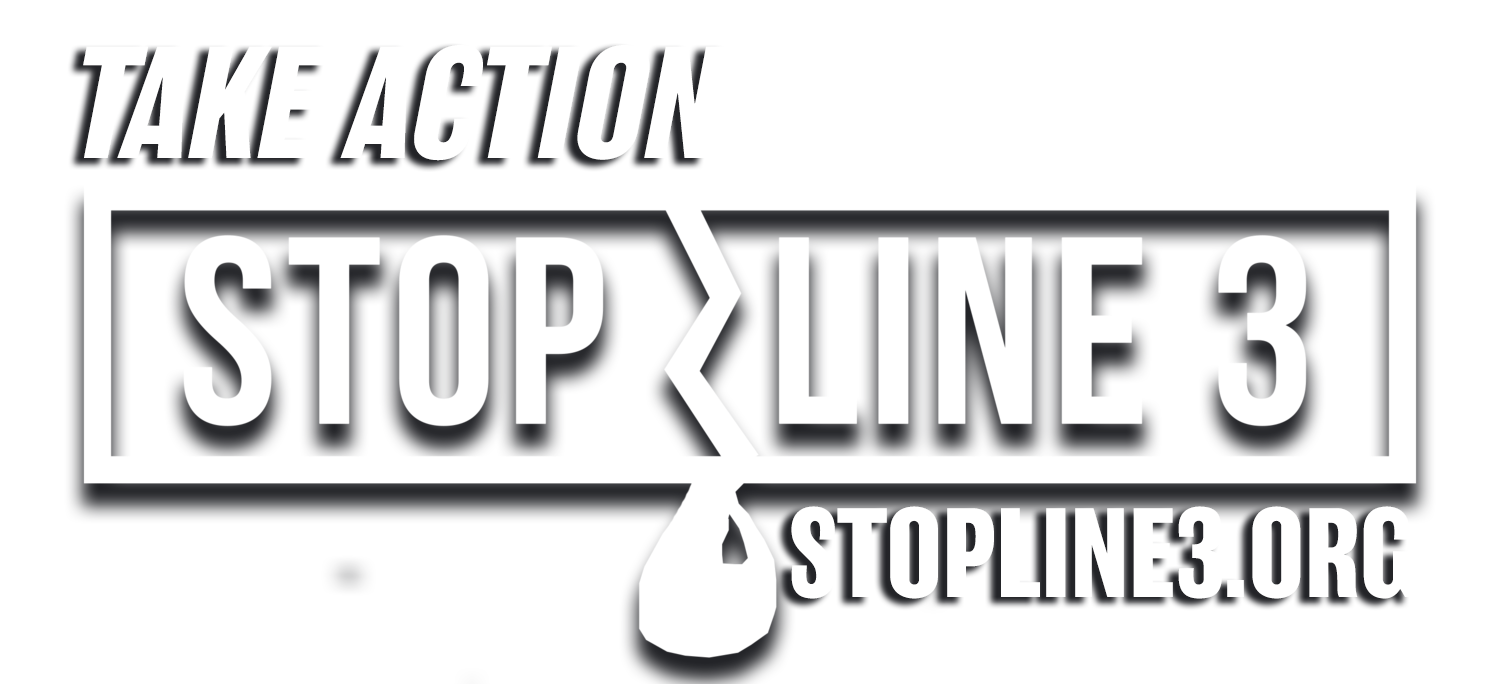Enbridge Line 5 HDD Drilling Proposal - Who’s thirsty for ‘drilling fluids?
By Matt Horning
Private well owners in Ashland and Iron counties and their governing bodies do not know the risks drilling fluids may pose to them and their families, yet the opportunity to weigh in has nearly closed.
The Wisconsin Department of Natural Resources and the Army Corps of Engineers are seeking public comments related to Enbridge’s application for permits to relocate Line 5, and the comment deadline for the DNR is March 18.
The reroute (expansion) is planned because the Bad River Band has accused Enbridge in federal court of “unlawful possession of the subject lands and an intentional, ongoing trespass upon them” for continuing to use Line 5 after tribal easements expired June 2, 2013.
Among other things, the Line 5 project would involve drilling hundreds of feet underground through aquifers that provide drinking water for many of our friends and neighbors.
Enbridge admitted, “inadvertent release of drilling fluid... is a generally known and common risk” of horizontal directional drilling, which would be used at numerous waterway crossings in our area, including the White River.
Twenty-eight drilling fluid releases, commonly called frac-outs, occurred last year on Enbridge’s Line 3. If you’re wondering what’s in drilling fluid, you’re not alone.
Currently, the DNR allows drilling into aquifers with product materials like: “proprietary ingredient,” “liquid polymer drilling fluid additive,” and “proprietary suspending agent,” with no planned reporting of the amounts of products (drilling mud and other fluids) used and recovered.
The one product safety data Sheet I reviewed (from a list of nearly 200 products) states explicitly: “Keep from entering natural water systems.”
Do any drilling products contain “forever chemicals” like PFAS? Would the DNR even know? How will you know your water has been polluted, and with what?
In addition to frac-outs, Enbridge ruptured an aquifer in Minnesota which leaked 30 million gallons of groundwater and took a year to repair, “a clear violation of state law and also of the public trust,” Sarah Strommen, Minnesota DNR commissioner, said. Enbridge failed to follow its own construction plans and then failed to disclose the aquifer breach as required. The Minnesota DNR along with independent environmental monitors failed to identify the breach for six months.
The Lake Superior Sandstone Aquifer, connected hydrologically to the Copper Falls Aquifer, provides the drinking water for the town of Gingles via private wells like mine along the proposed Line 5 project. Both aquifers are at risk of damage and contamination.
Kudos to the Gingles Town Board, which directed town Chairman Pat Colgrove to draft a letter generally supporting the reroute of Enbridge’s Line 5, so long as concerns about drinking water monitoring and the White River drilling are addressed. What are other governing bodies doing to protect their communities and the water they drink?
All concerned should request the DNR and ACE safeguard aquifers, monitor private wells at baseline and during pipeline construction and operation, and record and publish the chemical structures and amounts of all drilling materials used and recovered at each HDD site.
Anybody thirsty?
Matt Horning is an Ashland physician who owns property in Gingles.



